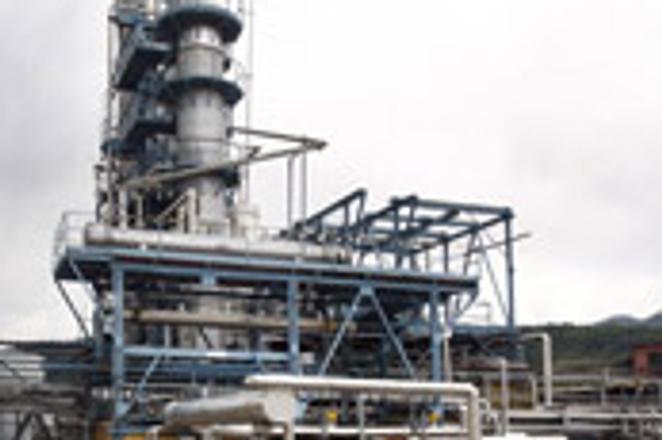The ‘oil for diesel’ scam involved the substitution of lower-taxed heating oil for higher-taxed diesel fuel at the pumps; the key to the fraud was that the oil could be altered to give it similar properties as diesel. The fake diesel was often imported as oil and then traded among a complex network of shell companies until it emerged as auto fuel. Companies in Slovakia also manufactured the ersatz diesel by mixing cheap petroleum products together with chemicals. The scam earned the mafia hundreds of billions of crowns in profits in Slovakia, Poland, Hungary and the Czech Republic during the 1990s (in Slovakia it continues unabated). It was originally devised by the Russian mafia in New York in the 1980s, and was then ‘exported’ to the former Warsaw Pact countries after the end of Communism.
In Slovakia, the scam was started by ethnic Hungarian entrepreneur Tomáš Vida of Dunajská Streda. Vida, who originally came from the small south-Slovak town of Gabčíkovo, was a clever scammer who built a reputation for himself as a ‘commodities magnate’ during Communism by smuggling colored pencils from Czechoslovakia to Hungary, where they were more expensive, and children’s toys back across the Danube to Czechoslovakia. During these years he built up a few contacts with Russian criminals in Hungary; when the time came to set up an oil scam in Slovakia, they tapped Vida.
With the revenues from the oil fraud, the Dunajská Streda mafia was always financially secure and strong beyond their numbers in Slovakia. This did not sit well with alleged mob boss Miroslav Sýkora, who faced two choices: Either kill his Hungarian rivals, or force them to work for him.
Sýkora apparently chose the latter route, and forged an alliance with a relatively low-level Dunajská Streda goon named Tibor Pápay (a.k.a. Papa Joe). Pápay became Sýkora’s go-to man, partly because he spoke Slovak well, and partly because his ‘crew’ was made up of men who would have been nothing without Sýkora. This infuriated especially Milan Sipos, a former wrestler who provided Vida’s muscle and supervised his capos for him.
As tensions rose, Sipos and Vida fled to Hungary to drum up support from the Russians, but came back in 1997 after they were promised by one of Sipos’ crew, Michal Csemi, that Mikuláš Černák, then an up-and-coming boss from Banská Bystrica, would watch their backs against Sýkora and Pápay. Instead, Sipos was killed.
After Sipos’ death (by that time, Sýkora was dead as well), Ľudovít S. took over the Dunajská Streda oil operation, and in revenge allegedly had Csemi killed with the aid of Rudolf Hodossy. In turn, Hodossy’s headless body was found shortly afterwards, wrapped up in a carpet, while his head was discovered in a flower pot on Dunajská Streda’s main square.
In 1999, Tibor Pápay and eight of his gang were massacred in the Fontana bar in Dunajská Streda, in Slovakia’s worst mass killing, while Tomáš Vida was also gunned down later that year. With Mikuláš Černák in jail as of December 1997, control of the oil scam allegedly passed – for a time – to Peter Čongrády, a member of the Bratislava Sýkorovci, until he too was killed in 2004.



 Lexa has been cleared of ordering the Remiaš murder. (source: ĆTK)
Lexa has been cleared of ordering the Remiaš murder. (source: ĆTK)